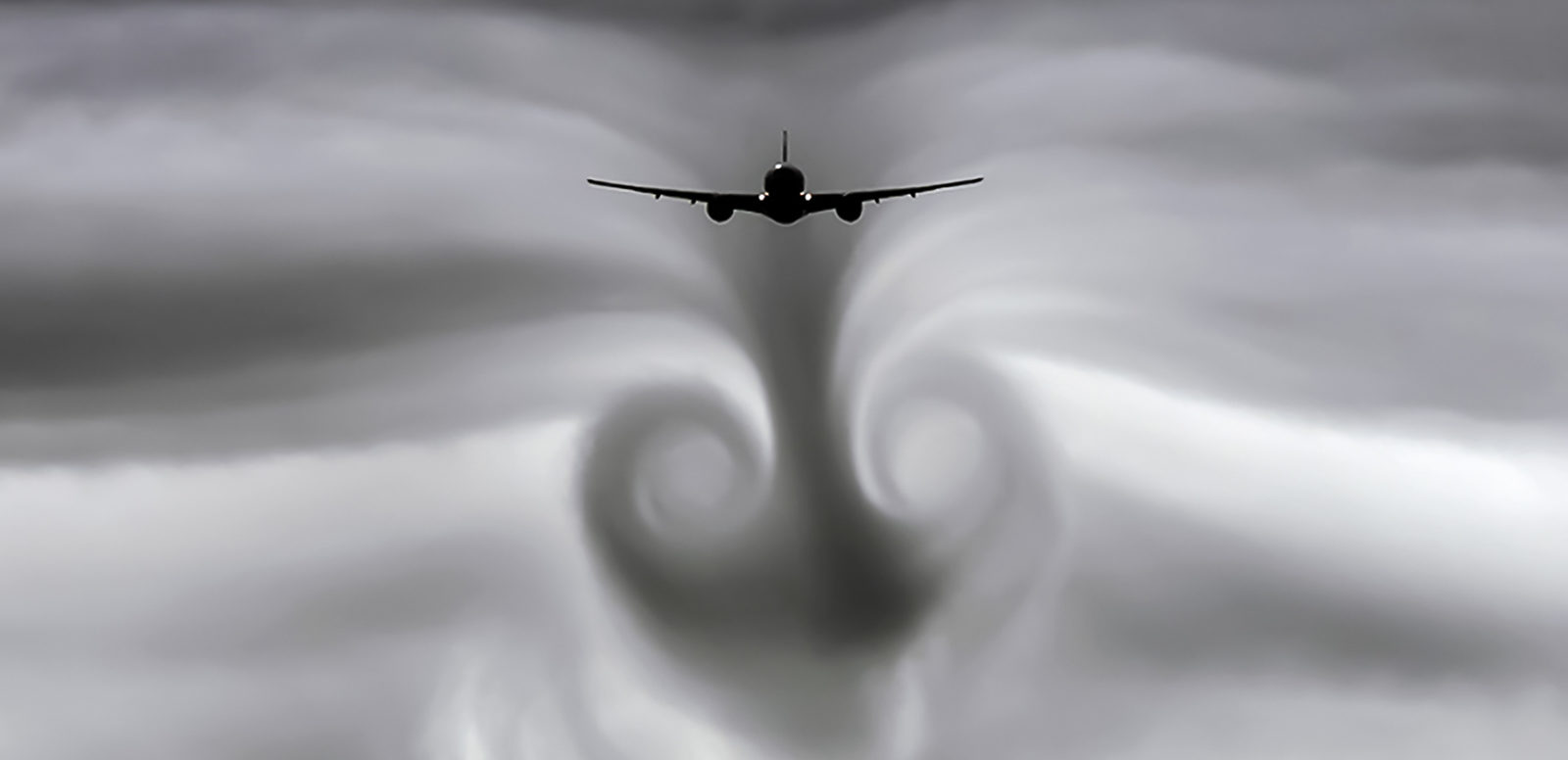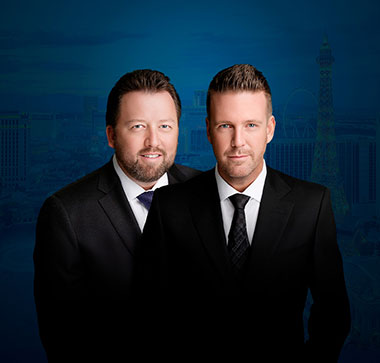If you have ever flown on an airplane, you have likely had the experience. The pilot comes on the intercom to warn of a bumpy ride. The seat belt lights come on. Next thing you know, your drink is sloshing and your stomach feels like it is in your chest as the plane seems to bounce on the air. You know this as turbulence, but do you know what turbulence really is? Is it safe to have the plane bounce around like that? Lets take a deeper look with the experienced Reno personal injury attorneys at Benson & Bingham Accident Injury Lawyers, LLC.
What Is Turbulence?
As explained by National Geographic, turbulence is chaotic and capricious eddies of air that has been disturbed by various forces. There are three common causes of turbulence, including:
- Mountains: Just as waves of water are formed in the ocean and then break on the beach, air also forms waves as it approaches the mountains. Some air passes smoothly over the mountains, while other masses of air crowd against the mountains and push upward, breaking up any tumultuous currents, which causes airplane passengers to feel turbulence.
- Jet streams: Jet streams are narrow, swift bands of wind located near the poles. These bands cause disorderly streams of varying wind velocities. When the plane moves away from these streams, the decelerating winds cause shear that may feature areas of turbulence.
- Storms: The rapid growth of storm clouds push air away and generate waves in the atmosphere that can create turbulence even hundreds of miles away from the physical storm.
While turbulence is normal, happens often, and it overall not an unsafe condition for the aircraft, injuries can be caused to passengers due to turbulence’s unexpected arrival that may cause people to lose their balance while out of their seats, be thrown from their seats, or have items fall on them from overhead bins.
FAA Regulations Pertaining to Turbulence
According to the Federal Aviation Administration (FAA), turbulence is the leading cause of injuries to passengers and crew in non-fatal plane mishaps. Each year, around 58 people are injured after not wearing their seat belts during periods of turbulence, with two-thirds of those injuries occurring during times when the seat belt signs were illuminated.
FAA regulations require passengers to wear their seat belts in the following situations:
- When the airplane leaves the gate and climbs in altitude after take-off
- During landing and taxi
- When the seat belt sign is illuminated during flight, indicating that the aircraft is traveling through pockets of turbulence
Additionally, the FAA recommends that air carriers include turbulence in weather briefings, train dispatchers to communicate real-time information about turbulence to pilots and reroute using automation, atmospheric modeling, data displays, and weather forecasting graphics.
Can Pilots Just Fly Around the Turbulent Air?
Sometimes pilots can fly around turbulent air. Reader’s Digest notes that while most turbulence isn’t dangerous, it is uncomfortable for passengers and most pilots try to avoid it in the following ways:
- Preflight weather briefings inform the pilot of turbulent areas on their route. They then use information from other pilots flying in the area to coordinate a path around the turbulence.
- If extreme or unexpected turbulence is encountered, the pilot will sometimes climb or descend in altitude in search of smoother air.
- If pilots know that they will encounter turbulence, they often will leave the seat belt sign illuminated and ask passengers to remain seated until the aircraft has moved beyond the bumpy air.
Calming Yourself in Rough Skies
Are you terrified by turbulence? If so, here are some tips to keep you calm when the skies get rough.
- Understand that turbulence is normal. Pilots, flight attendants, and passengers like yourself experience it every day. The last time turbulence was determined to be a major factor in a plane crash was more than 50 years ago, in 1966. Since then, engineering and advanced technology have helped pilots to better detect when they’re approaching turbulence, and have given them methods of avoiding it via alternate routes. From 2002-2018, there was an average of 33 injuries caused by turbulence per year, with many of these injuries happening to flight attendants attempting to serve passengers. An estimated 959 million passengers flying into, out of, and around the U.S. each year.
- When you are not out of your seat using the lavatory, keep your seat belt on, particularly when the seat belt light is illuminated. The suggestion of wearing your seat belt isn’t an attempt to take away your freedom of choice, it is meant to keep you and other passengers safe when the ride gets bumpy.
- Trust your pilot — he or she has acquired a lot of skills and experience flying through or around turbulence.
- If you feel yourself beginning to panic during turbulence, try taking long, deep breaths that allow your diaphragm to expand your belly as you breathe. This activates your Parasympathetic Nervous System, which controls involuntary processes such as heart-rate and sleep cycle. Activating this bodily system will cause the release of neurotransmitters that promote feelings of well-being and safety.
- Turn your focus to other things. Read a book or magazine, entertain your self with a word puzzle, or watch the in-flight movie.
- Select a seat that is good for avoiding turbulence. The front of the plane typically experiences less turbulence as it is beyond the center of gravity. The seats at the wing of the plane are also good, as the wings are what the plane uses for balance and turbulence is not felt as much in this area of the plane.
- Fly early in the morning, as air is generally cooler and denser during that time of day and less likely to produce turbulence.
- If your anxiety about turbulence is particularly severe, you can speak to your doctor about mental and breathing exercises that can help, or may even get a prescription for anti-anxiety or anti-nausea medications to help you cope during the flight.
Hang in there. You will reach your destination, and soon forget about—or can laugh about—the discomfort you experienced on your way there.
Benson & Bingham Accident Injury Lawyers, LLC
626 S 10th St
Las Vegas, NV 89101
Phone: 702-382-9797


